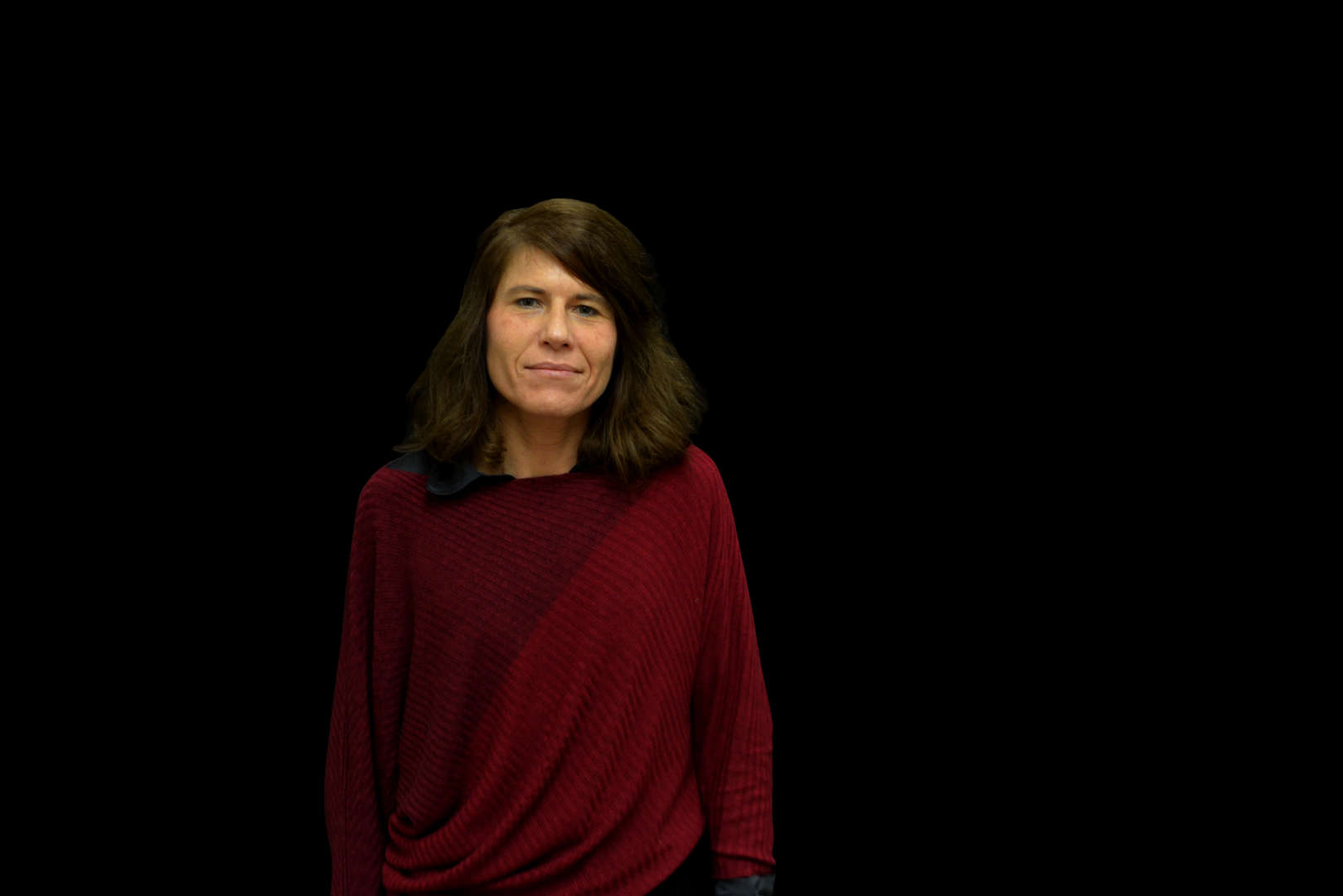Sobre
Maria Teresa Andrade é Professora Auxiliar na FEUP, no DEEC. Obteve a licenciatura em 1986, o grau de mestre em 1992 e o doutoramento em 2008 em Eng. Electrotécnica e de Computadores pela FEUP. Participa em actividades de investigação no INESC TEC, integrada na área de Sistemas Multimédia do Centro de Telecomunicações e Multimédia. Áreas de interesse: aplicações multimédia sensíveis ao contexto de utilização, em ambientes móveis e heterogéneos; tecnologias semânticas e recomendação de conteúdos; streaming de vídeo 3D e multi-vista; Qualidade de serviço e de experiência em serviços multimédia; televisão e cinema digitais e novos media.


